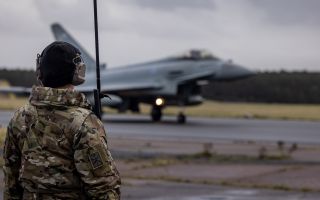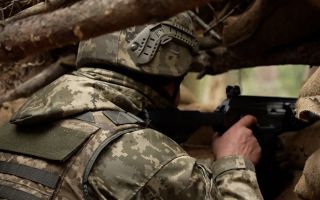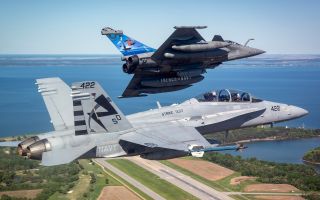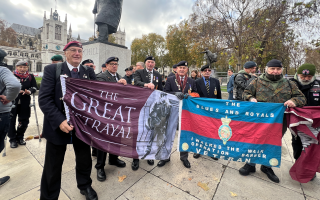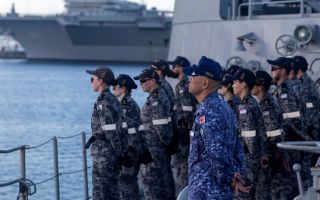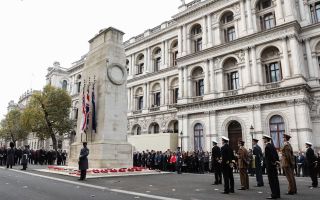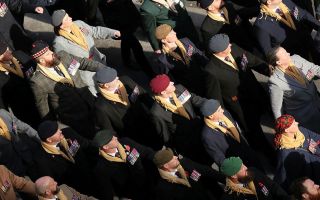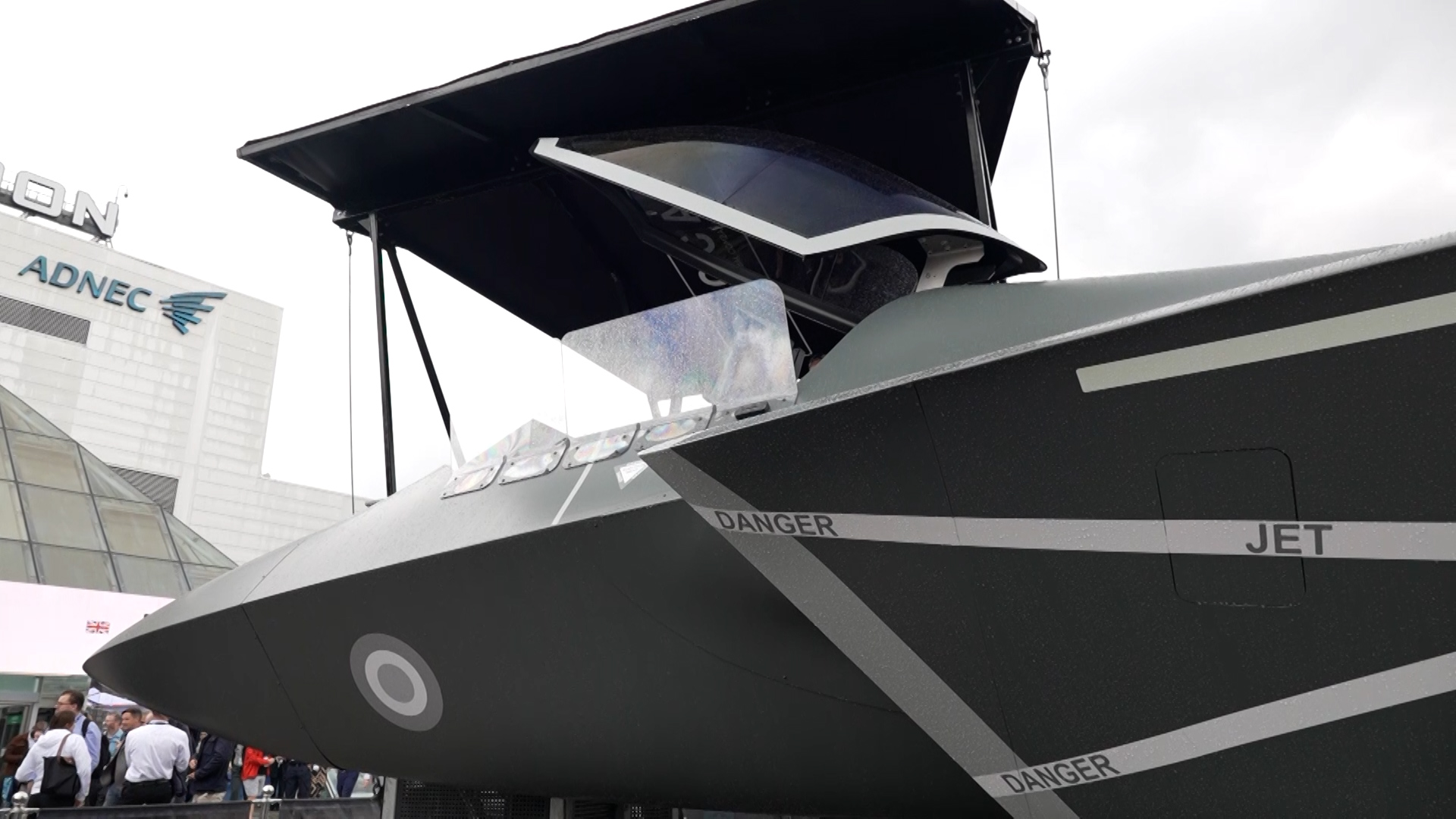
Tempest: The RAF fighter designed to meet threats we don't even know about

The Royal Air Force is expecting to see the Tempest – its next-generation combat aircraft – enter service from 2035.
The sixth-generation multi-role fighter is being delivered under the Global Combat Air Programme (GCAP) to replace the capabilities provided by the 4.5-generation Typhoon.
Like the Typhoon – and the Tornado that came before it – the Tempest is a collaborative effort, this time seeing the UK team up with Italy and Japan, with other countries also expressing an interest in joining the project.
Industry partners BAE Systems, Rolls-Royce, Leonardo and MBDA are working with the Ministry of Defence to develop the technologies needed for the new jet.
It is not yet clear whether the design has been finalised, with the latest mock-up seen at the recent DSEI defence industry fair looking different to the original model.
However, the Tempest may well turn out to be the most advanced combat aircraft the world has ever seen.
The RAF explained: "To meet threats we don't even yet know about, we must create a next-generation air combat system which is agile, flexible, connected, rapid to update and affordable."
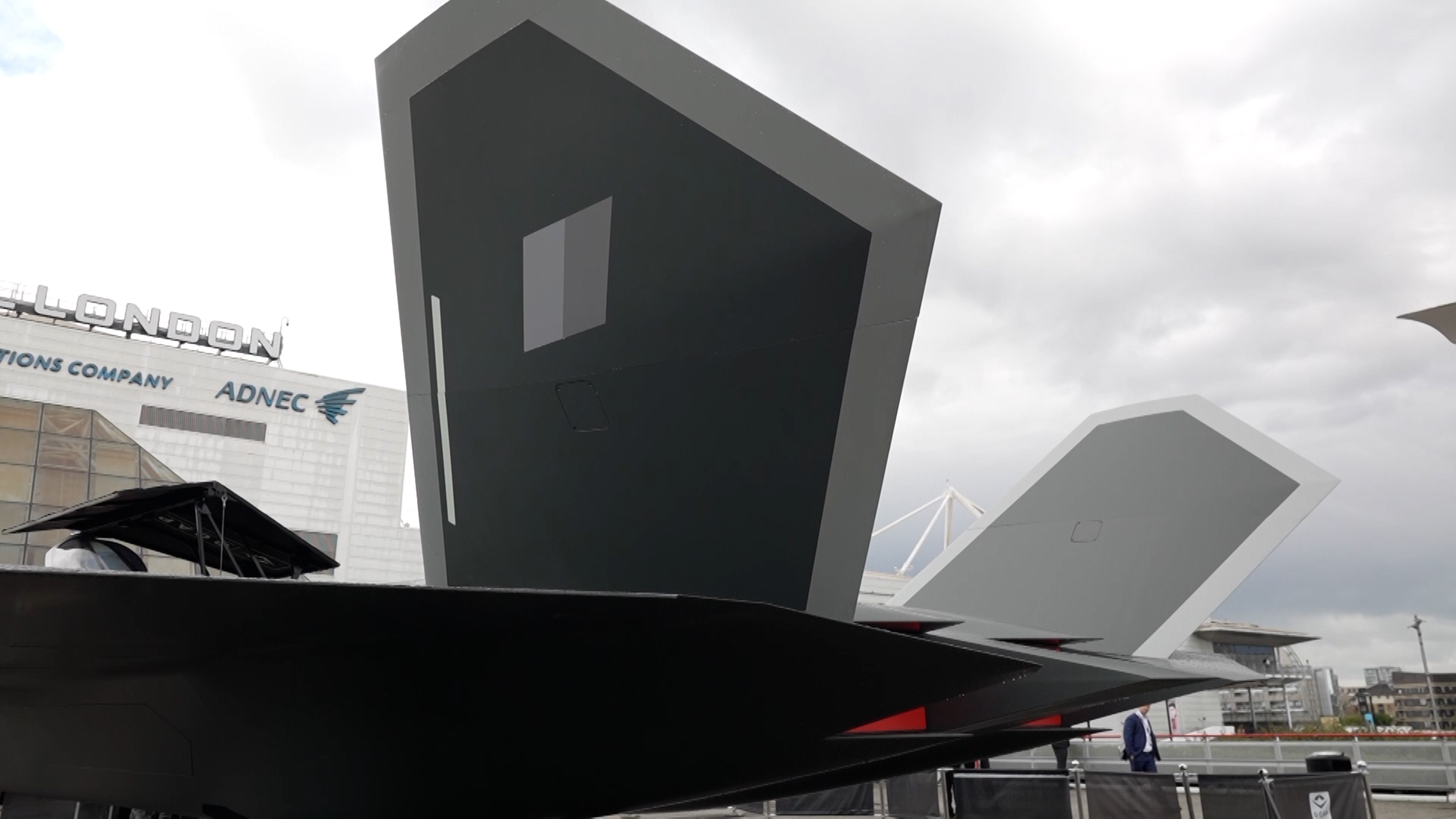
Plug and play
The Tempest can be configured for different missions using what the RAF refers to as a "plug and play" approach.
It said software and hardware can be easily swapped in and out to meet the needs of the operation – such as weapons, sensors or even fuel tanks.
The Tempest can operate alongside other piloted aircraft, but can also fly with unmanned and optionally manned platforms.
It will have a range of onboard and offboard data processing and pilot decision aids when manned flight is being conducted.
This is referred to as "scalable autonomy", something the RAF says will be vital in the future as operating environments become more complex and threats become more sophisticated.
Speed, manoeuvrability and payload will also be of paramount importance.
GCAP aerodynamicists and engineers are optimising the aerodynamic performance of the Tempest concepts to achieve what they call a "balanced survivability design".
Because the aircraft will have high power demands, much effort is being expended to develop electrical generation technology and intelligent integrated power management.
This is required to power the Tempest's advanced sensors and some of its weapons, particularly those which are laser-based, as they will need far more electrical power than previous generations of combat aircraft.
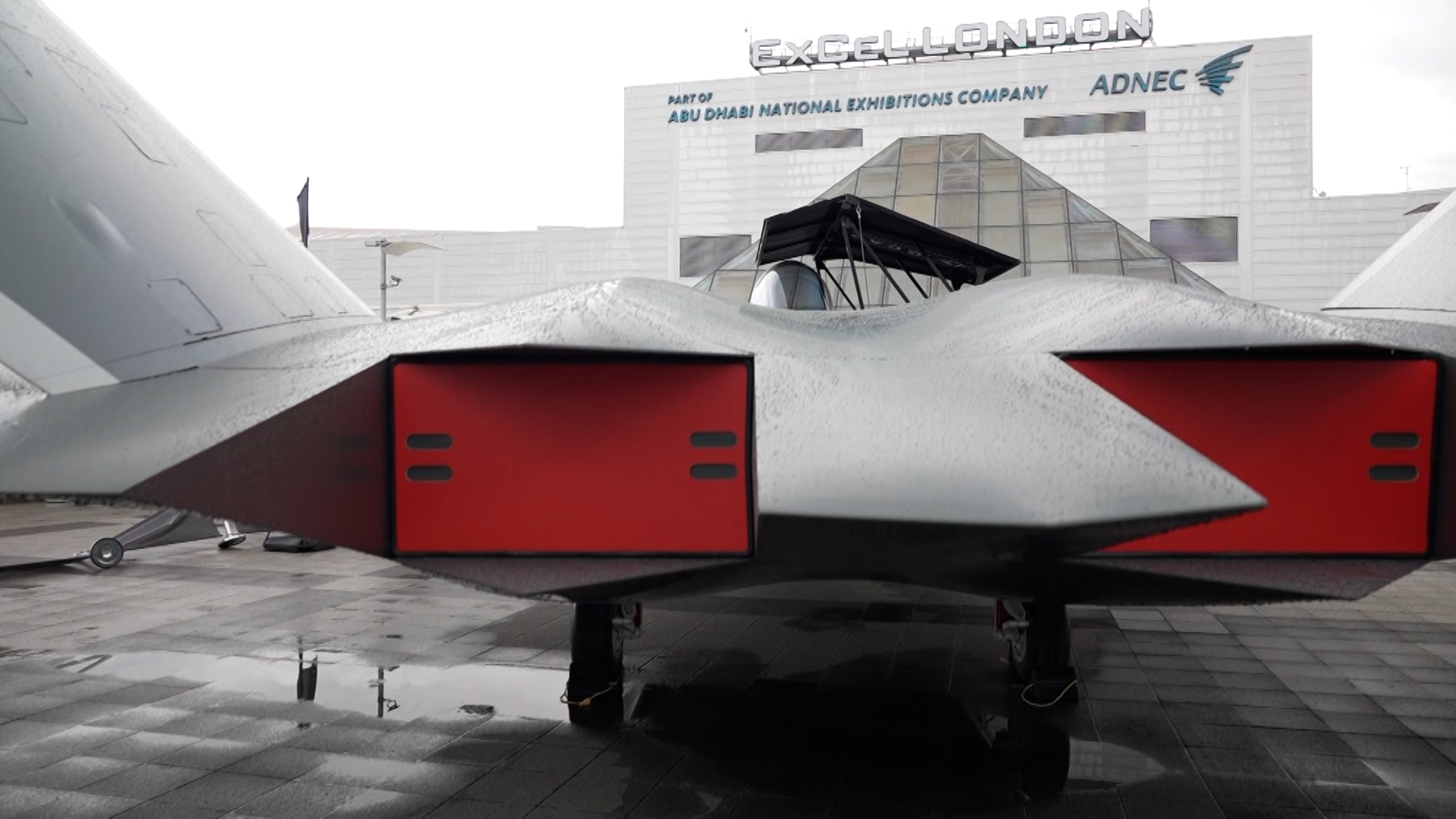
A heads-up cockpit
Another advanced concept is the desire to create a cockpit with no physical dials or screens.
The idea is for the pilot to wear a helmet projecting interactive cockpit displays and controls directly in front of their eyes. Other pilot support concepts, such as virtual assistants, are also being developed and tested.
The RAF points out how this work is continuing, and flight trials are being planned to test some of these innovations in a real environment.
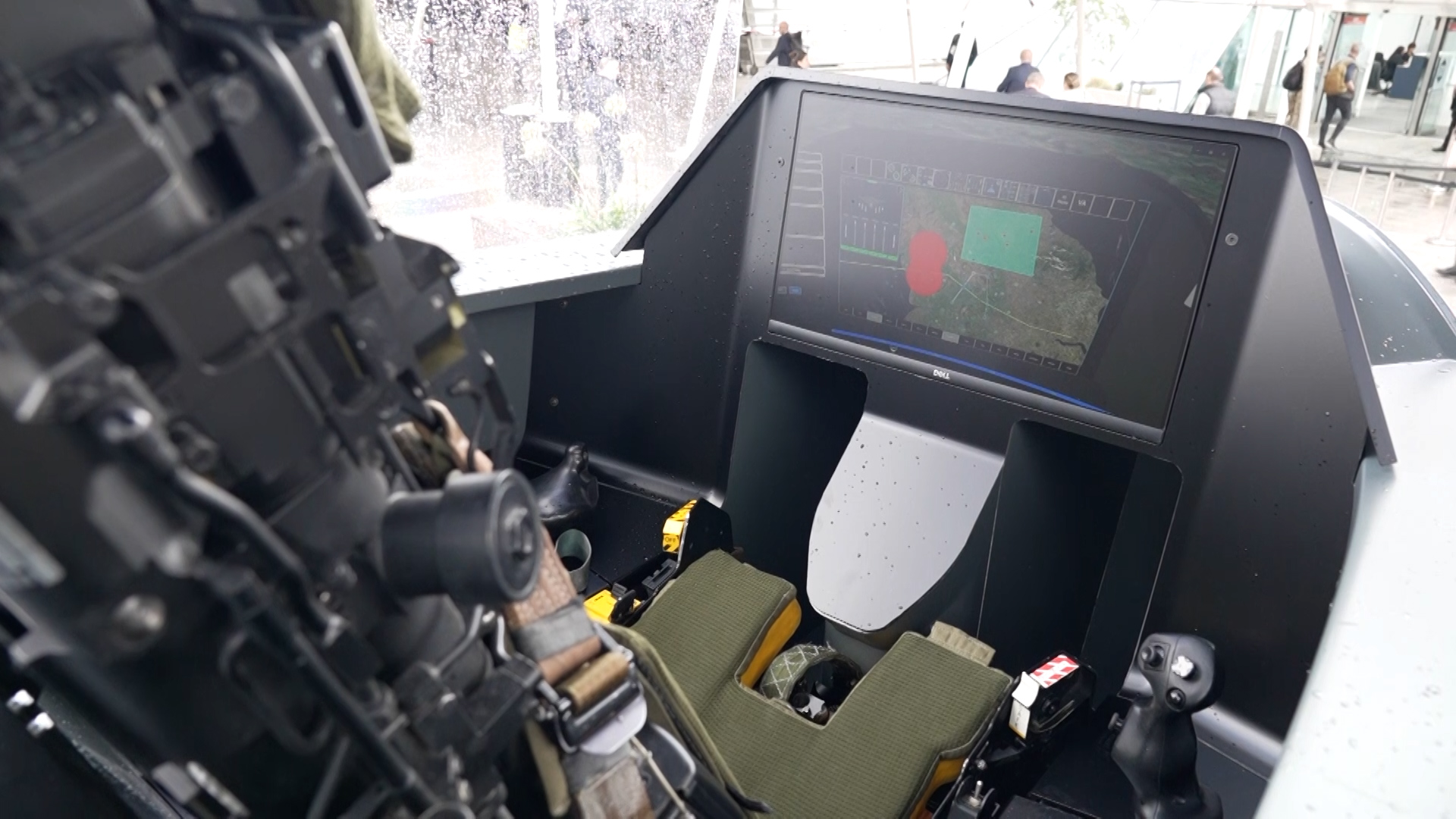
Sensors and comms
Tempest pilots will be able to utilise an array of advanced sensors and communications systems, potentially giving them a massive advantage over an enemy in a combat scenario.
This huge advantage will allow them to take the fight to the enemy and deliver a range of missions, including team defence and surveillance.
While current fighter jets tend to have separate pieces of equipment, such as radar and electro-optics, the Tempest's systems are designed to work together.
The RAF says this will give the pilot the ability to make decisions with more confidence because they are not relying on a single sensor.
Instead, multiple types of sensors will work together, gathering information which is automatically cross-checked and cross-referenced by the Tempest system.
It can also coordinate data from multiple sources, such as other aircraft, to provide reliable and usable information.
This can then be shared with other aircraft in what the RAF terms a "combat cloud".
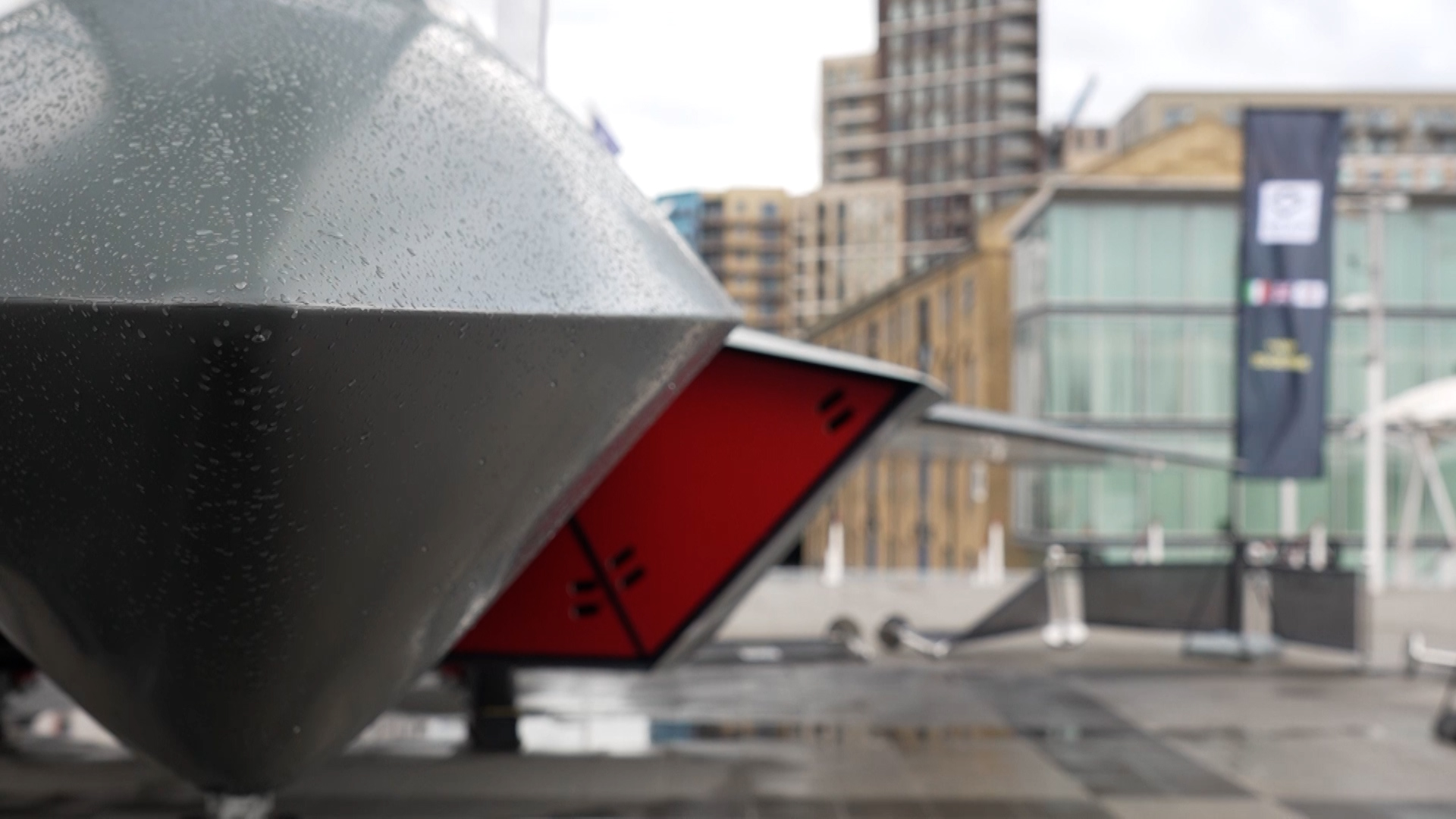
Offence and defence
The Tempest is being designed to support existing weapons, planned weapons – and those of the future.
These include the Meteor, an active radar-guided beyond-visual-range air-to-air missile, and the Spear family of network-enabled precision surface attack missiles.
The Tempest will also be able to assess and evaluate incoming threats and then manage the deployment of an appropriate means to neutralise that threat.
Weapons will be carried internally rather than being attached externally to help maintain stealth as well as its aerodynamic profile.
Pilots will be able to select different payloads, such as fuel tanks and camera pods, to adapt the jet to take on a range of combat and surveillance roles.
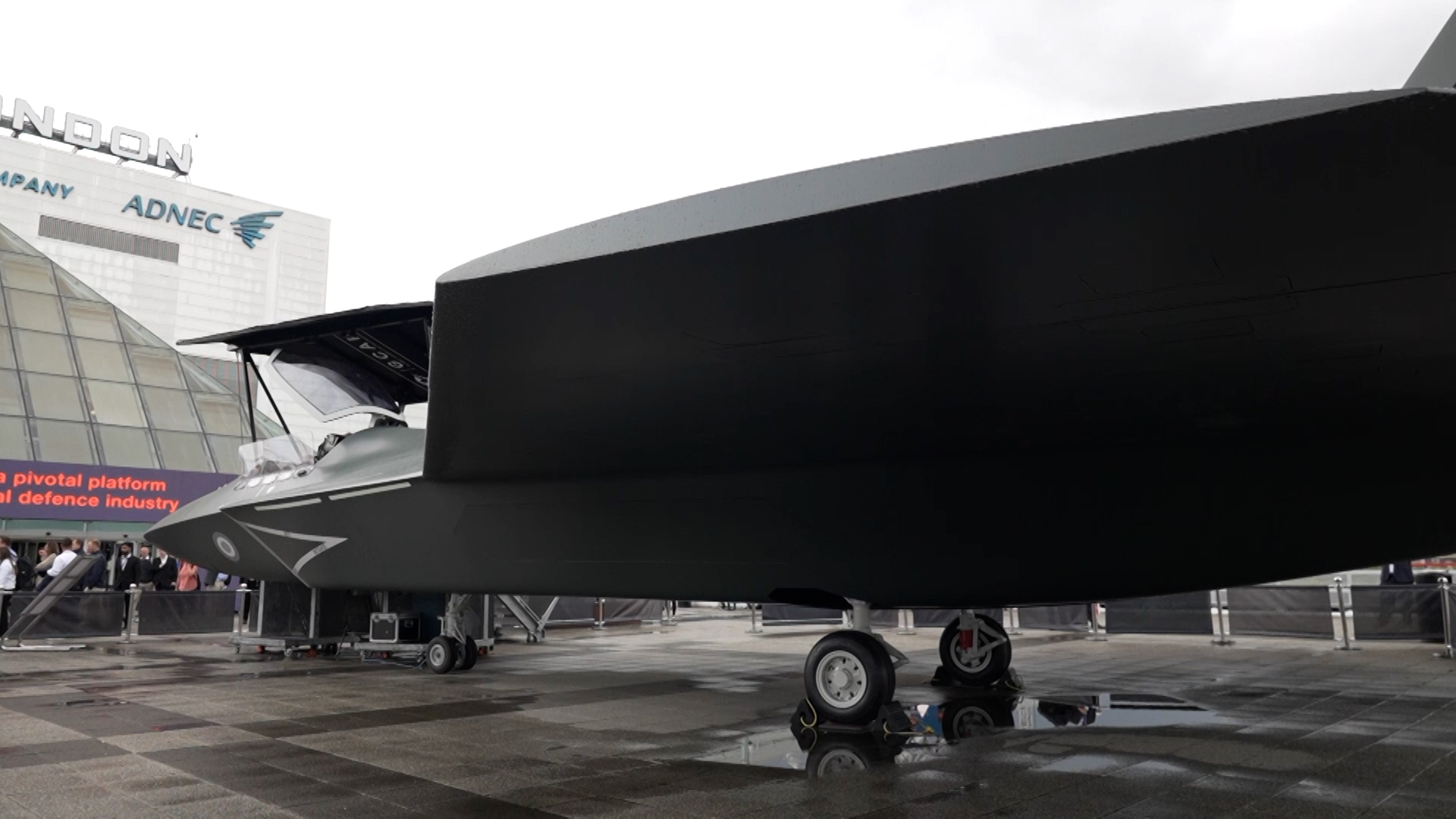
The aircraft will be able to engage a threat with a number of non-kinetic responses, such as directed energy weapons and electronic warfare.
The weapons of the future could include directed energy, hypersonic missiles and swarming technology assisted by artificial intelligence and machine learning.
Meanwhile, its flexible payload bays will let the Tempest carry an improved weapon loadout while maintaining low observability at supersonic speeds.

